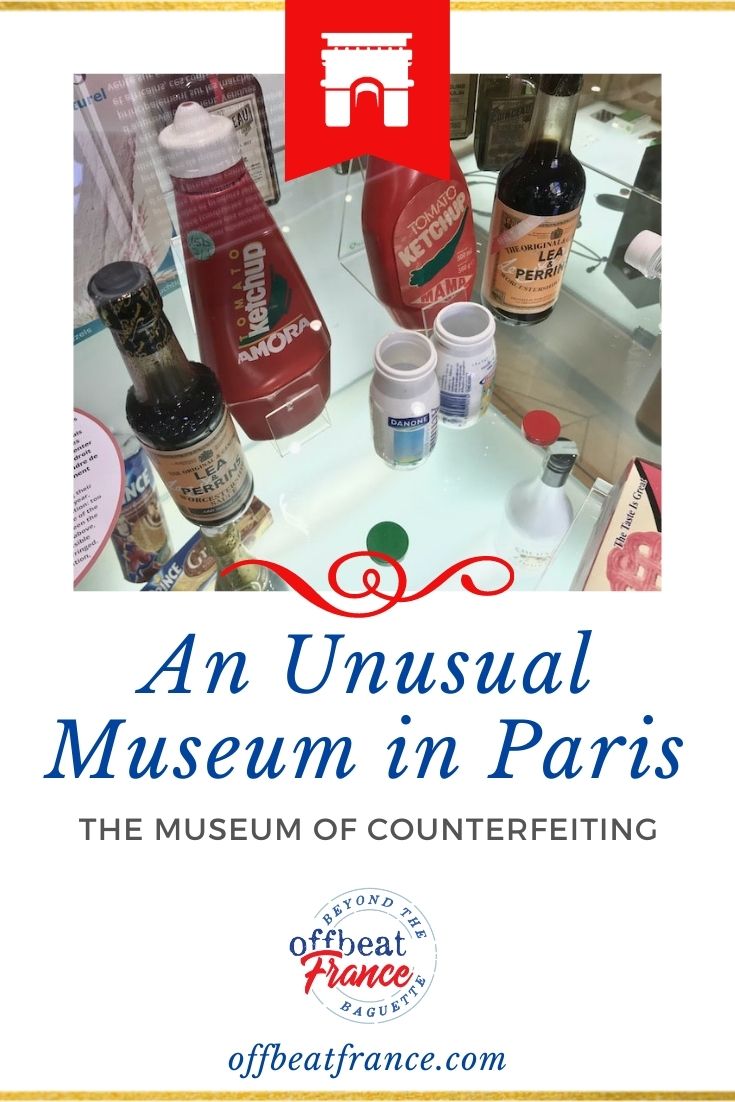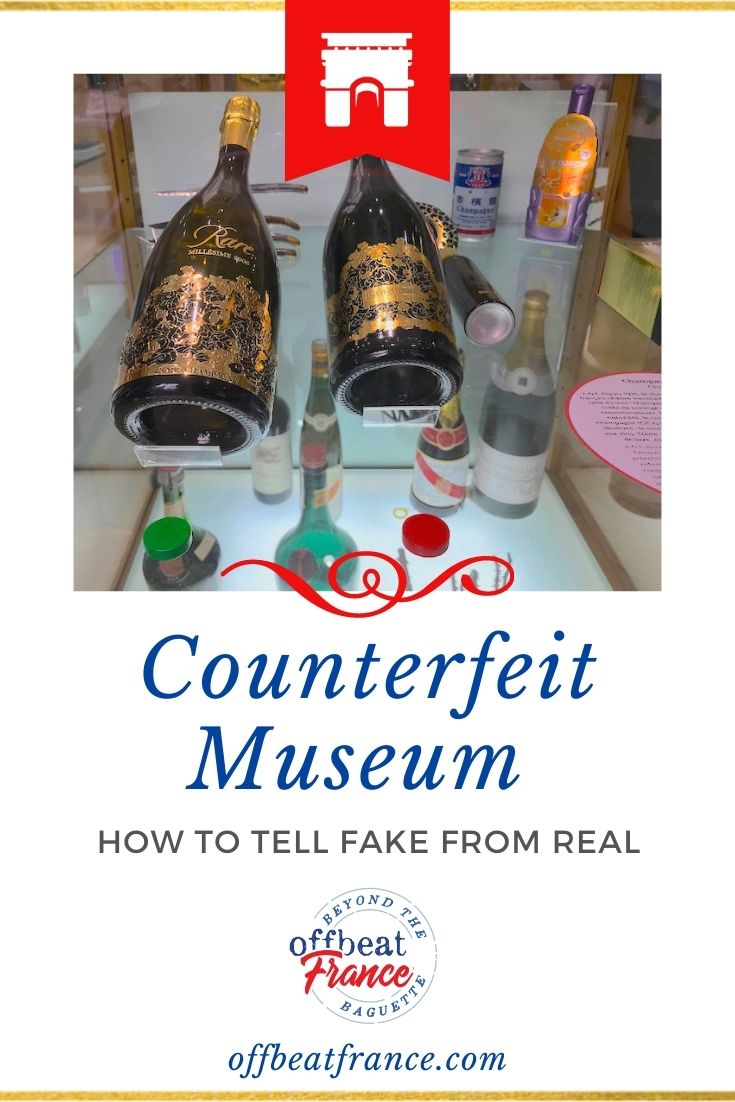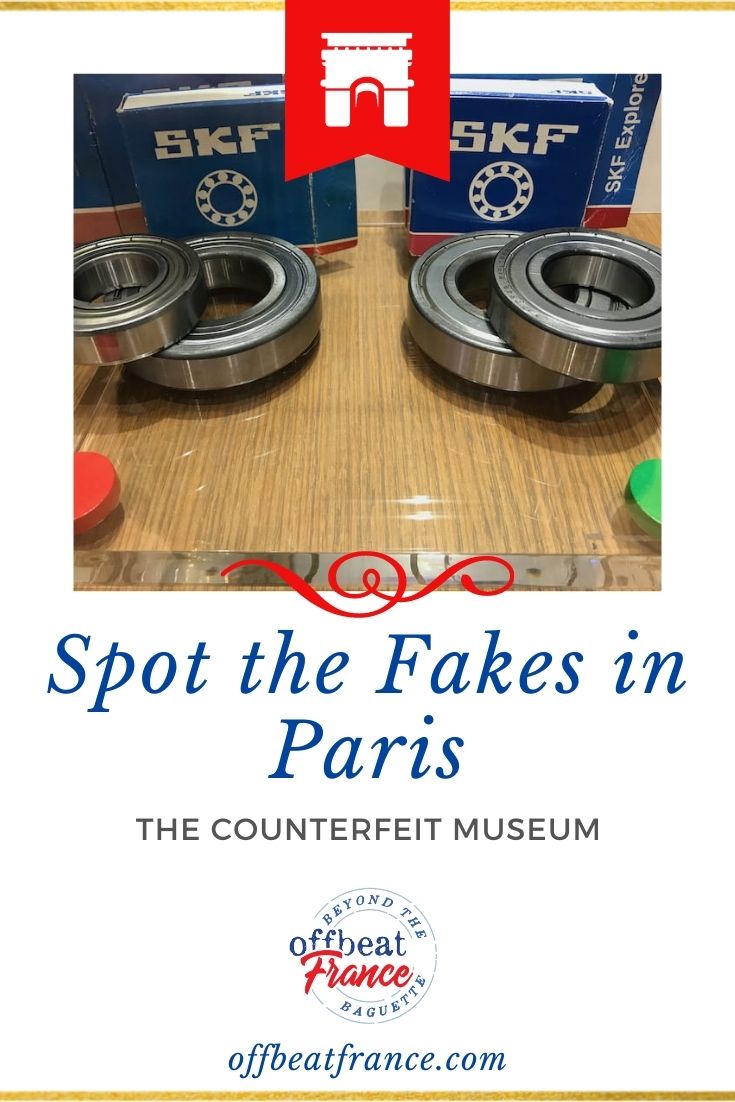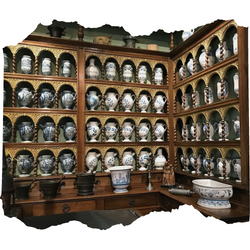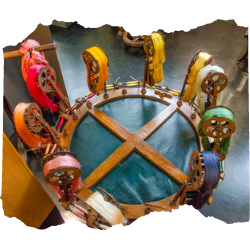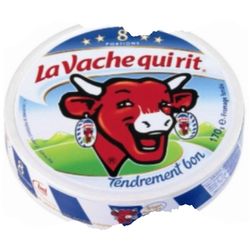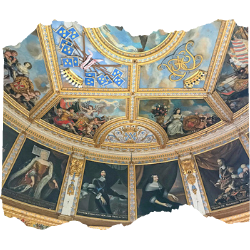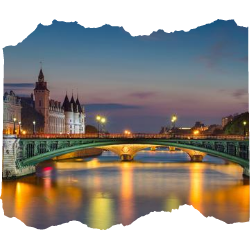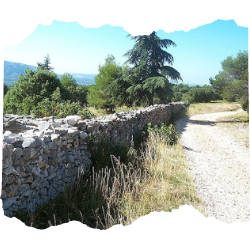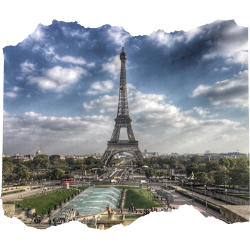Unsure about your French table manners? Click Here to download > > How to avoid these 10 food etiquette mistakes !
- Home ›
- Destinations ›
- Paris ›
- Museum of Counterfeiting
The Counterfeit Museum, Paris – one of the more unusual museums in paris
Published 08 October 2021 by Leyla Alyanak — Parisian by birth, Lyonnaise by adoption, historian by passion
Awareness is often the gateway to action. We might buy something without realizing the damage it causes. This little Counterfeit Museum, Paris, explains it all perfectly.
Admit it, it's tempting. A Vuitton bag for $100, or a €200 iPhone. Who hasn't at least looked at a low-priced imitation and wondered: what if?
The Counterfeit Museum (Paris) – officially called the Musée de la Contrefaçon – was designed to answer all these questions.
Opened in 1951, exhibits include all sorts of confiscated knock-off items, from the high fashion to the mundane. This is the work of the Union des Fabricants (Unifab, the Union of Manufacturers), which was created in the 19th century to prevent the imitation of pharmaceuticals. The museum was set up to educate the public and make us aware of just how serious all this is by showing us how easily we can be duped.
NOTE: Pages on this site may contain affiliate links, which support this site. See full Privacy Policy here.
The Paris Counterfeit Museum
If you're on holiday in Paris but can't bear to look at another painting today, this quirky little museum is tucked away among embassies and chic apartment buildings in the 16th arrondissement inside Paris, discreetly announced by a plaque and a doorbell.
Its home is an elegant hôtel particulier, or urban mansion, which was once owned by a Vuitton grandson. How appropriate. The mansion also serves as Unifab's headquarters and serves as a depot for legally confiscated goods.
It is tiny and won't take long to get through its two rooms, but the subject is fascinating. You'll see how some fakes are incredibly easy to spot, while others are impossibly difficult. You'll also find out what is being done to curtail the trade (and how the criminals are staying ahead of the game).
Fully 5% of all goods sold on the planet are counterfeit. Statistically speaking, if you buy 20 kitchen appliances, one will be fake. The same goes for your spare car parts or, worse, children's toys, on which they can choke or be poisoned if these don't meet safety requirements.
What surprised me most was to find out just how many different products might be counterfeit. We all know about money and art, and most of us know that when we travel to certain countries, we're bound to find cheap Ralph Lauren Polo shirts or fake ICE watches in market stalls.
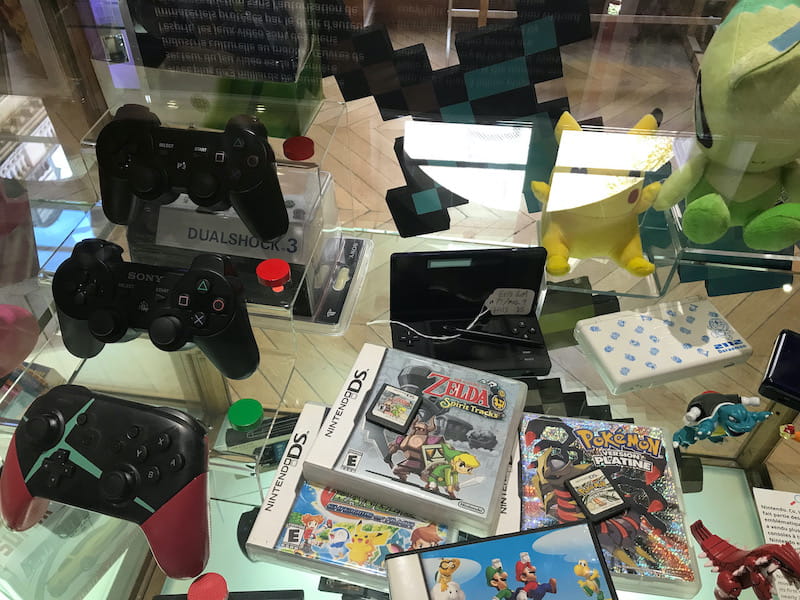 Video games are the world's biggest cultural industry, so obviously a major target of counterfeiters. The red dots mean fake goods while the green ones are the real thing
Video games are the world's biggest cultural industry, so obviously a major target of counterfeiters. The red dots mean fake goods while the green ones are the real thing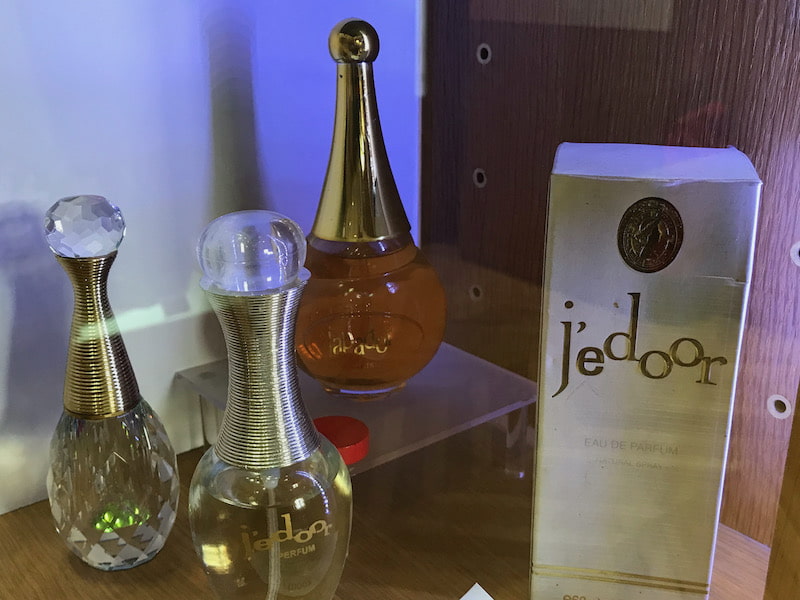 French perfume is hugely popular, but it is expensive to buy - and cheap to make. Fake perfumes have been found to contain heavy metals, or even animal urine as a conservation agent, so next time you see a tempting bottle sitting on a street stall at half the price, remember that
French perfume is hugely popular, but it is expensive to buy - and cheap to make. Fake perfumes have been found to contain heavy metals, or even animal urine as a conservation agent, so next time you see a tempting bottle sitting on a street stall at half the price, remember that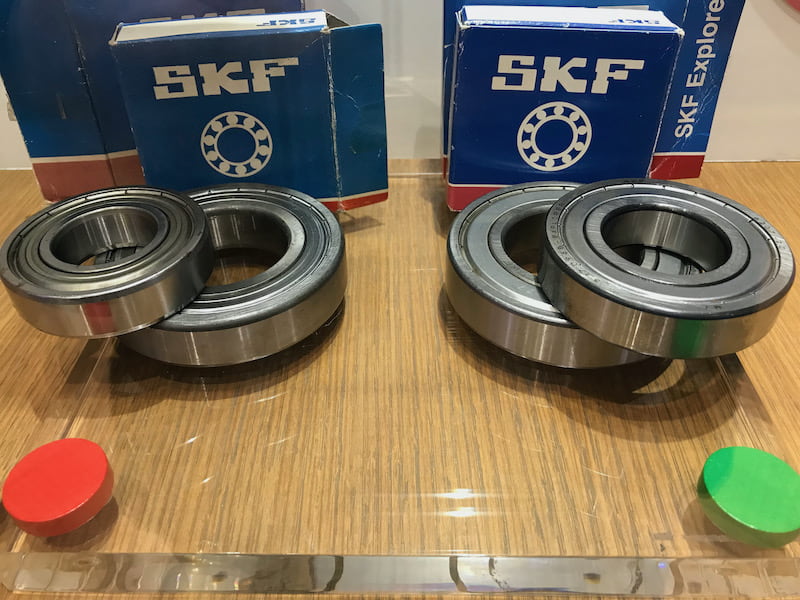 We don't often think of ball bearings, but they're used in just about everything mechanical - cars, airplane motors, industrial wind turbines. Imagine one of those giant propellers flying off because it's poorly fastened!
We don't often think of ball bearings, but they're used in just about everything mechanical - cars, airplane motors, industrial wind turbines. Imagine one of those giant propellers flying off because it's poorly fastened!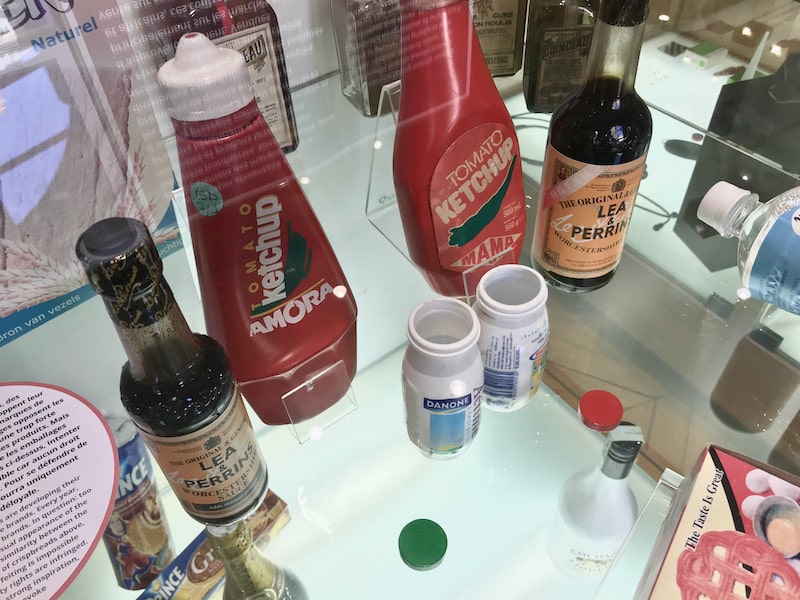 This one was a surprise! Fake ketchup? Really? But yes, counterfeit foods, especially brand name foods, are common, especially cheese and wine; once sold mostly in developing countries, these are now easily found online
This one was a surprise! Fake ketchup? Really? But yes, counterfeit foods, especially brand name foods, are common, especially cheese and wine; once sold mostly in developing countries, these are now easily found onlineThe counterfeit trade is no joke. Imagine being given a fake cancer medication or blood pressure medicine? The switch could be deadly.
Once the product of clandestine pharmacies, online search has placed fake drugs at everyone's fingertips, and of course we know how much damage they can cause through incorrect dosage, ineffectiveness or toxic content.
Stroll around the display cases and you'll be surprised at what else is being counterfeited out there. You'll emerge with a far better sense of what is being faked out there and how to tell.
You might also like these stories!
Consider this if you're thinking of buying imitations
The first thing that comes to mind when we think of counterfeit goods or intellectual property violations is the financial penalty attached to these crimes.
Most people have stories of buying fakes. A friend of mine once proudly displayed a Cartier wallet she had acquired online for a tenth of its list price, and truly felt she had a bargain. But if she had been caught, the wallet would have been confiscated and she would have been probably fined around twice its list value – or well over €1000. And that's the lightest punishment. Those who engage in the trade professionally can go to jail for years and be fined hundreds of thousands of dollars.
France is strict when it comes to fakes – des contrefaçons – and it's not surprising, given the sheer number of French luxuries people want to own, from Lacoste shirts to Hermès belts to Louboutin shoes. That Paris should have a museum dedicated to international counterfeiting makes perfect sense.
It's a hefty trade: 37% of French people have bought counterfeit goods at some point in their lives, knowingly or not.
But the cost of the trade isn't only financial – counterfeiting stifles innovation, and costs governments plenty of money.
Also, much of the trade is run by organized crime, and is by nature exploitative: to make a worthwhile profit, counterfeiters have to dramatically cut expenses, usually by paying exceedingly low salaries to vulnerable people (often women and sometimes children) working in sweatshops.
So if the fear of a fine or police embarrassment doesn't scare you, the thought of exploitation most definitely should.
How to tell fakes from the real thing
It isn't easy. In fact, unless you're an expert, it can be almost impossible, especially when you're talking about high-end products. But there are a few basic things you can look at:
- Look at the price. This is basic. Most of us have smartphones now and can check things on the spot. Look up your potential purchase on the brand's website. If it costs $1000 and you're being sold one for $200, well...
- Where did you buy the item? The moment it's not in the official shop or in an approved reseller (you can usually find these on the original brand's website), then you should question provenance.
- Check the label. The fake may have a different label with another font, or the original may have a thread woven through it. But to be able to tell, you'll have to know what the original looks like.
- Look at the stitching, both the quality and the colour. The stitching may be white or yellow instead of cream; the thickness of the leather on a bag may be off; the printing of a luxury brand's logo may be a bit fainter than on the original.
- Examine the packaging. Brand-name products are well packaged, come with a guarantee of some sort, and contain the name and address of the company. Without these, you may be barking up a counterfeit tree. Sometimes the difference is hard to see: it might be a slightly thicker font or a paler box colour or a tiny missing element on a logo.
As you'll see in the museum, some replicas are almost perfect, whereas others are glaringly obvious. That Burberry scarf looks stunningly real, but those platform shoes have clearly never seen the inside of a designer shop.
Looking for more unusual places to visit in Paris? Things to do you may not know about? Here are...
7 Non-Touristy Things to Do in Paris!
Fighting the crime of imitation
All sorts of agencies are fighting counterfeiters, with varying success.
These days, the trade is being made even easier because of the Internet. Buying online is relatively anonymous, electronic payments make transactions ever simpler, and rather than concentration of goods in a physical shop, there are innumerable points of sale.
But that doesn't mean physical sales no longer exist. Anyone who has strolled through the markets of Bangkok has probably been tempted by a $10 "Rodex" watch...
Even larger than these are the "counterfeit wholesalers" who operate with near impunity.
I remember when I lived in Bangkok an entire shopping plaza was dedicated to fake technology, from laptops to software suites, all at a fifth of the price.
Even larger than these malls are the huge markets dedicated to knock-offs.
In Odessa, Ukraine, the Seven Kilometer market is Europe's largest marketplace for fakes, with more than 20,000 shops spread over 75 hectares. In Buenos Aires, La Salada is Latin America's largest illegal sales point, with 15,000 stands that provide counterfeit goods throughout Latin America.
However hard the authorities work to keep tabs on places that counterfeit, they have a hard time keeping up. In France, counterfeit goods seized by the authorities are up 20% over the previous year, and numbers continue to grow.
And the most common way of acquiring these goods?
The postal service. Most are sent by mail.
You can find the Musée de la Contrafaçon at 16 rue de la Faisanderie, Paris 16
Essential France travel resources
BOOK YOUR ACCOMMODATIONS
I use booking.com: for their huge inventory and for their easy cancellation policies
FLIGHT DELAYED OR CANCELED?
AirHelp can get you compensation (it works, I've used it)
DO YOU NEED AN E-SIM CARD FOR FRANCE?
Here's the one I use when I travel anywhere
PROTECT YOUR BELONGINGS
Keep pickpockets away with an anti-theft purse or an infinity scarf - and your identity with a VPN (I'm using Nord VPN)
TRAVEL INSURANCE
Travelers recommend Visitors' Coverage or SafetyWing. for health away from home
GETTING FROM A TO B
I use Discovercars to rent cars and either Omio or RailEurope for train tickets
TO READ ABOUT FRANCE
Here's my long list of books about France
AND DON'T FORGET...
To bring a guidebook for France!
Did you enjoy this article? I'd love if you shared it!
You might also like these stories!
Pin these and save for later!
